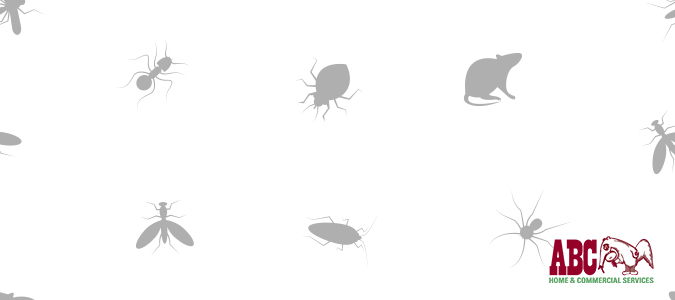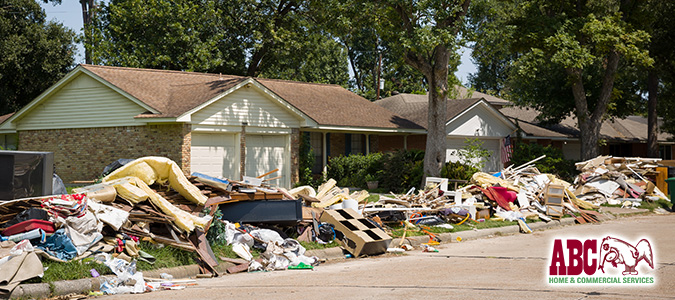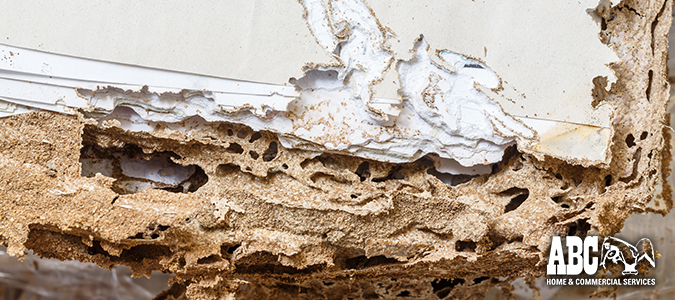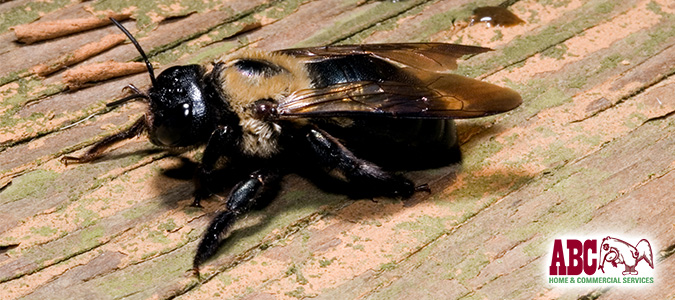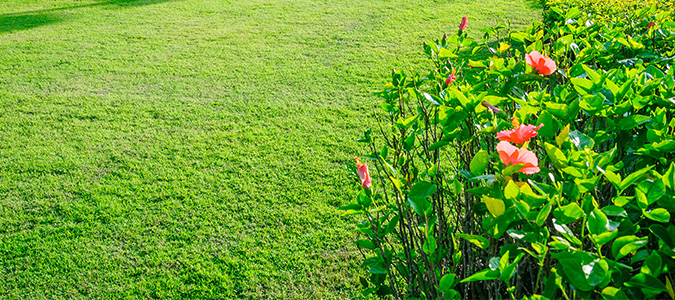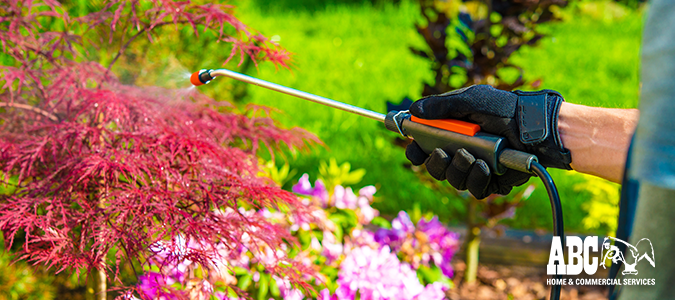How to Start an Organic Lawn & Garden | National Lawn Care Month
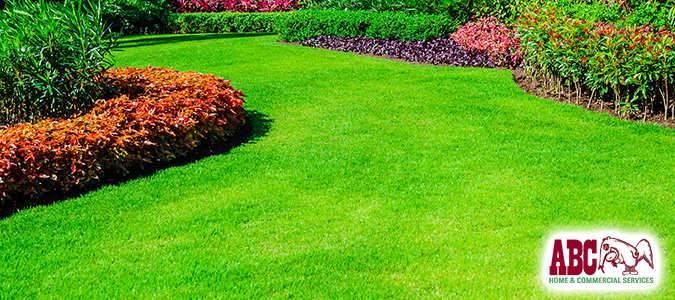
April is National Lawn Care Month and National Pest Management Month! To help your May flowers get off to a healthy, pest-free start, learn how to start your first completely organic garden. Your lawn and garden will look lush and green, and of course, will be completely organic. Spring is the best time to start!
How to Start an Organic Lawn & Garden
Even if your soil looks dead and lifeless, it can be brought back to life. But in order to find out what your soil needs, you need a soil test.
-
Get a Soil Sample
Testing your soil is the first step toward building good garden soil. You could waste a lot of money and energy, not to mention the possibility for poisoning, by adding things to your soil before conducting a soil test.
It’s a good idea to test your soil every 3-5 years since levels change all the time. Spring is … Read Full Post »
